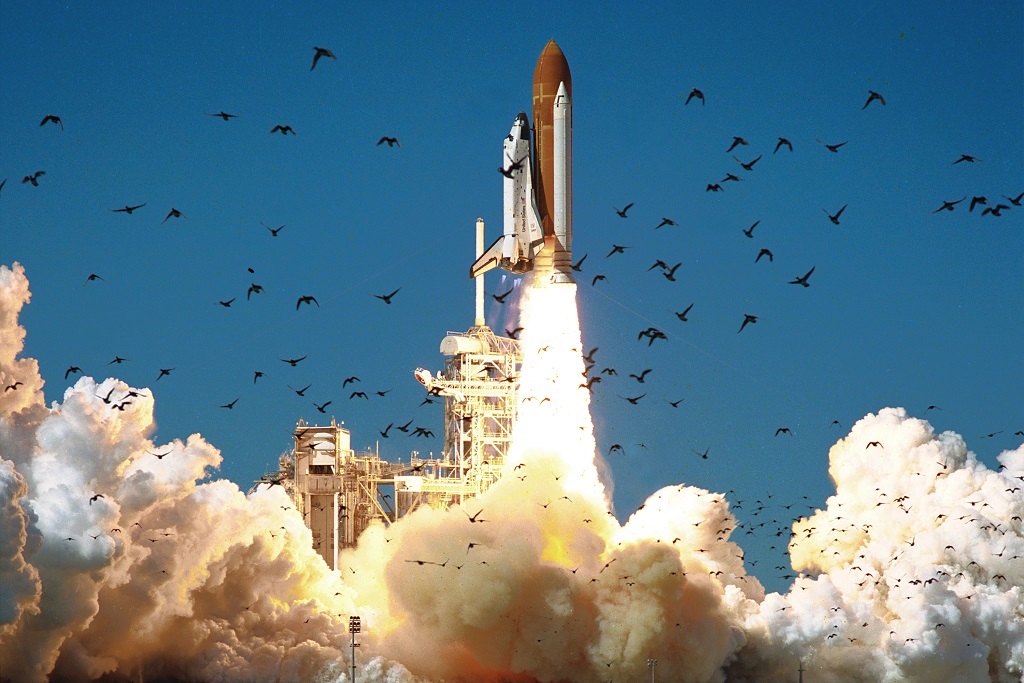After much deliberation and careful consideration, we have found it: what we need is … doubt. We call for more doubt, and for better doubt. And we are very firm about that.
“Doubt is an uncomfortable condition, but certainty is a ridiculous one.”
― Voltaire
First a disclaimer: too much doubt of course has disadvantages. If you have doubts about every little detail, remain critical all the time or are afraid to make choices, this leads to an ‘analysis paralysis’. When danger growls in your face, then you do not need doubt. Then you need to run away quickly from those tiger teeth.
Doubters are sometimes seen as wimps who do not dare to choose: too careful, too much “in their heads” and painfully slow. Our society seems to have a preference for people who dare to express themselves without doubt. We like to vote for leaders who tell us in simple terms how the world works. We send employees on assertiveness training and teach our children at school to have an opinion.
In many office jungles, social pressure prevails in order to make quick choices. In ‘red’ environments you may not be ‘blue’. ‘Real’ leaders do not act doubtful, but decisively. Doubt only takes time, money and asks too much patience. Where uncertainty seems dangerous, false security feels comfortable.
Yet doubt deserves a better image. Doubters understand that a “feeling of confidence” is no guarantee of truth or wisdom. After all, it is only a feeling. Daniel Kahneman describes it nicely in Thinking, Fast and Slow:
“Confidence is a feeling, one determined mostly by the coherence of the story and by the ease with which it comes to mind, even when the evidence for the story is sparse and unreliable.”
The beauty of doubt lies in curiosity and openness. Doubt requires modesty and ambition. Doubters do not allow a feeling of confidence to stand in the way of thorough and open investigation. This is precisely why doubting is a skill that can lead to better decisions and better relationships.
Doubt is in essence an activity in which you put time and energy into weighing different aspects of an issue. You give space to different perspectives that are present. You avoid the ‘rush to solve’ bias, where you would decide too quickly just to get rid of an unpleasant feeling of doubt.
An example: On January 28, 1986, America was chained to the television for an exciting event. For the first time, a citizen would go into space with Space Shuttle Challenger. From space, this teacher would tell about her experiences to children in schools throughout the country. 73 seconds after the launch, that plan exploded… literally: the Challenger crashed due to problems with the engine.

The Challenger drama is a textbook example of groupthink: a group dynamic in which too much striving for harmony leads to dysfunctional decision-making. Technicians who expressed their concerns about the launch were told to put off their ‘engineer’s hat’ and put on their ‘management hat’. They were told that their doubts were not appreciated.
Professional doubt is the art of truly appreciating the complexity and versatility of an issue. By taking the time to look at an issue from different perspectives, you may arrive at better decisions. Taking the concerns of the Challenger engineers seriously, however unwelcome, would have been a good idea.
“Doubt is the origin of wisdom”
― Rene Descartes
In 1982 the Pentagon introduced so-called ‘murder boards’, teams would try to kill ideas by test all assumptions thoroughly. And if the idea survived a solid session full of professional doubt? Then and only then is it would be accepted as a good idea! To this day, defense officials are using doubt to test presented concepts and their implications.
Doubt sometimes takes a lot of time and therefore real wisdom is ‘slow’ as Barry Schwartz states in Practical Wisdom. Wisdom is a process of contemplation and rethinking, of spending another night on an issue and presenting your dilemmas to others. Doubt ensures sustainable choices: choices that you can fully support, without gnawing feelings afterwards.
And it is precisely that process that leads to better relationships. How? When you may doubt your own assumptions and question the assumptions of others, then openness arises instead of peer pressure. Then there is room for research and a culture of curiosity. The content is examined and the person respected. People feel heard and taken seriously in such an open atmosphere. Psychologist Amy Edmondson calls this ‘psychological safety’:
Professional doubt means that you take the space to explore different perspectives in a group.
In our work as a moderators and mediators we regularly experience that people who first disagree wholeheartedly, after a session of professional doubt come to the conclusion that they actually do not disagree that much and that the solution is more obvious than they thought.
But doubt does not automatically become useful. Useful doubt is hard work. What can you do to improve the quality of your doubts? The professional doubter has more chance of success when he:
For these reasons and under these conditions we come to the firm conclusion: dare to doubt!
Would you like to doubt like a pro? Then ask one of our Questioners to come and help you out.
–
This article was written by Imre Végh and Rick van der Kleij and also appeared on the site of Rick.